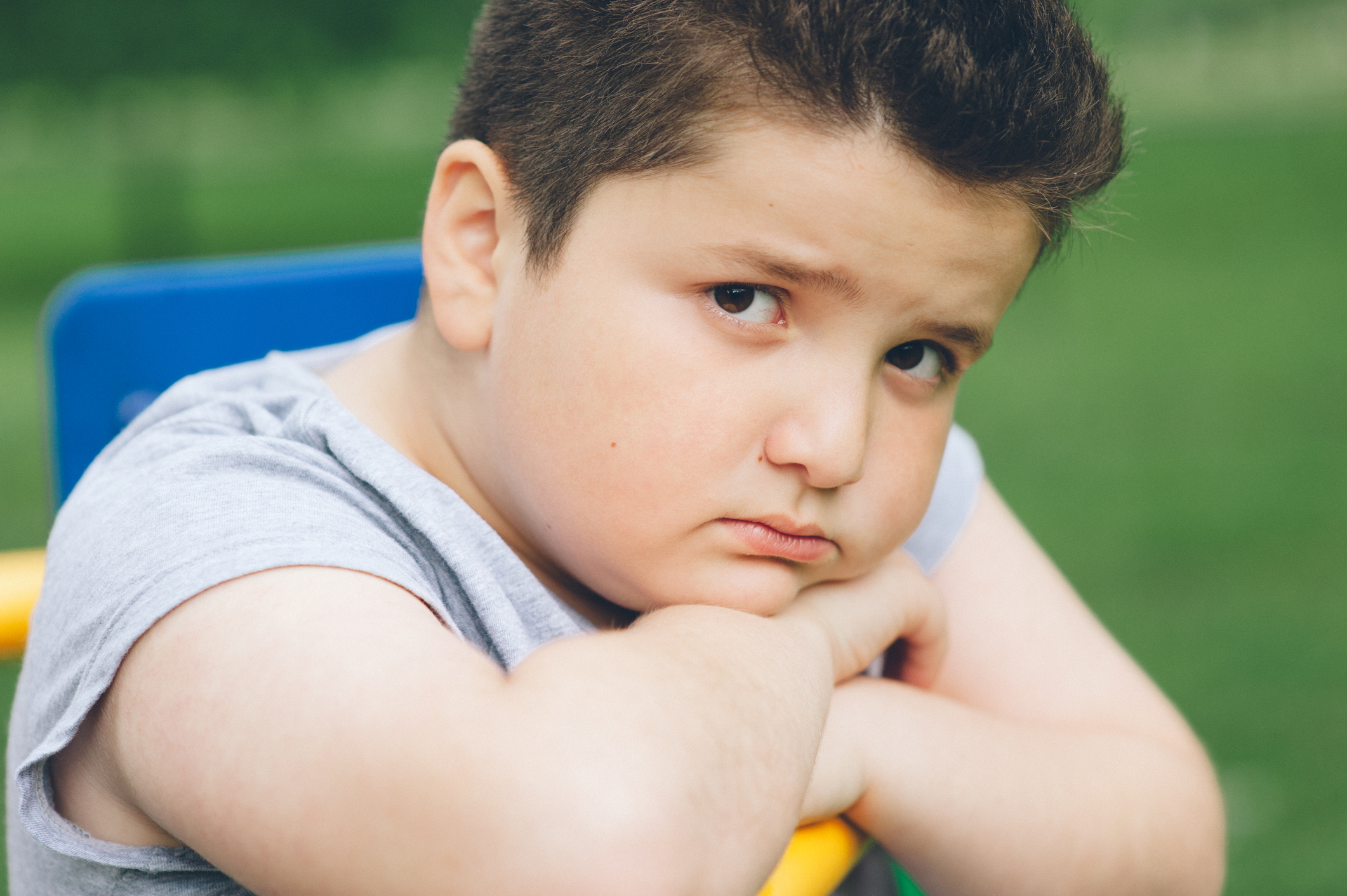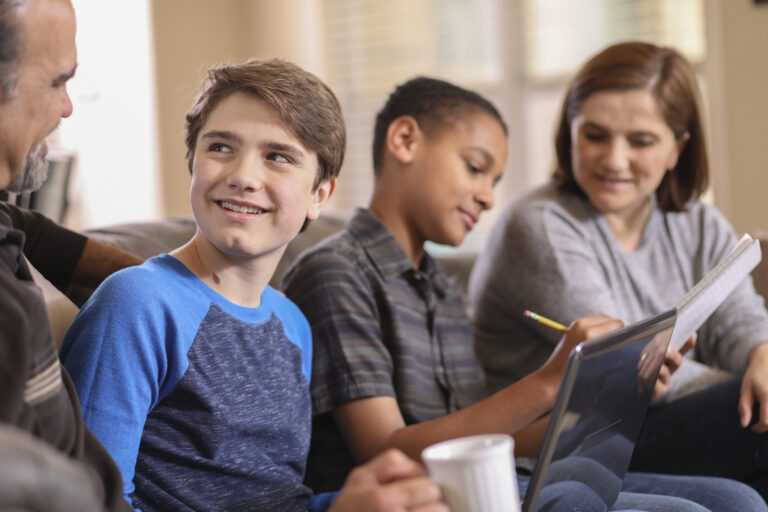Children who have experienced trauma and have unmet attachment needs require specialized care and attention. One approach that has shown great success in helping these children heal is Dan Hughes’ PACE model. PACE stands for Playfulness, Acceptance, Curiosity, and Empathy, and it provides a framework for building secure attachments and promoting emotional growth.
In this blog post, we will explore 10 top tips for using Dan Hughes’ PACE model with children who have a lived experience of trauma and unmet attachment needs. We will delve into the importance of PACE in healing trauma and addressing attachment needs, as well as practical strategies for implementing PACE in your interactions with these children.
Understanding the role of PACE in healing trauma is crucial. By creating a safe and accepting environment, using empathy to communicate understanding, and practicing patience, we can help children feel secure and supported as they process their traumatic experiences. Additionally, encouraging open and honest communication plays a vital role in fostering trust and strengthening the attachment bond.
Of course, implementing PACE is not without its challenges. Dealing with resistance or reluctance from the child, maintaining consistency in the approach, and managing our own emotional reactions can pose difficulties. However, by addressing these challenges head-on and adapting our strategies as needed, we can continue to provide the nurturing and healing environment that these children require.
Measuring success with PACE is an important aspect of the process. Recognizing signs of progress, understanding that healing takes time, and maintaining hope and perseverance are all key elements in supporting these children on their journey towards healing and attachment.
By incorporating these 10 top tips into your interactions with children who have a lived experience of trauma and unmet attachment needs, you can make a significant difference in their lives. Together, let’s explore the power of Dan Hughes’ PACE model and unlock the potential for healing and growth in these resilient individuals.
Understanding Dan Hughes’ PACE Model
Dan Hughes’ PACE model is a therapeutic approach that focuses on building secure attachments and promoting emotional growth in children who have experienced trauma and have unmet attachment needs. Understanding the key principles and components of this model is essential for effectively implementing it in your interactions with these children.
Playfulness
The first component of the PACE model is playfulness. This involves creating a safe and enjoyable environment where the child feels comfortable exploring and expressing themselves. By engaging in playful activities, such as games, art, or imaginative play, we can help the child build trust and establish a positive connection with us.
Acceptance
Acceptance is another crucial element of the PACE model. It involves embracing the child as they are, without judgment or criticism. By accepting the child’s thoughts, feelings, and behaviours, we communicate to them that they are valued and loved unconditionally. This acceptance helps to create a sense of safety and security, which is essential for healing and attachment.
Curiosity
Curiosity plays a significant role in the PACE model. It involves showing genuine interest in the child’s experiences, thoughts, and emotions. By being curious, we encourage the child to share their story, express themselves, and feel heard. This curiosity also helps us gain a deeper understanding of the child’s unique needs and triggers, allowing us to tailor our approach accordingly.
Empathy
Empathy is a cornerstone of the PACE model. It involves understanding and sharing the child’s feelings and experiences. By empathizing with the child, we validate their emotions and demonstrate that we are there to support them. This empathetic connection fosters a sense of trust and helps the child feel understood and cared for.
By incorporating playfulness, acceptance, curiosity, and empathy into our interactions with children who have experienced trauma and have unmet attachment needs, we can create a nurturing and healing environment. The PACE model provides a framework for building secure attachments, promoting emotional growth, and supporting these children on their journey towards healing and recovery.
Importance of PACE for Children with Trauma and Unmet Attachment Needs
Children who have experienced trauma and have unmet attachment needs require specialized care and support. The PACE model, developed by Dan Hughes, holds immense importance in helping these children heal and develop secure attachments. Understanding why PACE is crucial for children with trauma and unmet attachment needs is essential for implementing this approach effectively.
The Role of PACE in Healing Trauma
Trauma can have profound and long-lasting effects on a child’s emotional well-being and ability to form healthy attachments. PACE provides a framework that addresses the unique challenges faced by these children. By incorporating playfulness, acceptance, curiosity, and empathy, PACE creates a nurturing and safe environment where healing can occur. This approach allows children to process their traumatic experiences at their own pace and encourages the development of healthy coping mechanisms.
How PACE Addresses Unmet Attachment Needs
Children with unmet attachment needs often struggle to form trusting relationships and regulate their emotions. PACE addresses these needs by providing a consistent and supportive presence in the child’s life. Through playfulness, acceptance, curiosity, and empathy, caregivers and professionals can help fill the gaps in the child’s attachment experiences. This approach helps the child develop a sense of security, build trust, and develop healthy attachment patterns.
By employing PACE, caregivers and professionals can create a therapeutic environment where children with trauma and unmet attachment needs can feel safe, valued, and understood. This approach acknowledges the impact of trauma on the child’s development and focuses on rebuilding trust, fostering emotional growth, and promoting healing.
Understanding the importance of PACE in the lives of children with trauma and unmet attachment needs lays the foundation for effective implementation. By embracing this model, caregivers and professionals can provide the necessary support and interventions to help these children overcome the challenges they face and thrive in their healing journey.
Implementing PACE: Practical Tips
Implementing the PACE model in your interactions with children who have experienced trauma and have unmet attachment needs requires a thoughtful and intentional approach. Here are some practical tips to help you effectively implement PACE and create a nurturing environment for these children:
Creating a Safe and Accepting Environment
- Establish trust: Building trust is essential for children with trauma and attachment needs. Create a safe environment by maintaining consistency, setting clear boundaries, and following through on your promises.
- Provide physical and emotional safety: Ensure that the child feels physically safe by creating a secure environment. Additionally, offer emotional safety by being responsive, non-judgmental, and accepting of their emotions and experiences.
- Offer predictability: Children with trauma often crave predictability and routine. Establish regular schedules and consistent expectations to provide a sense of stability and security.
Using Empathy to Communicate Understanding
- Validate emotions: Show empathy by acknowledging and validating the child’s emotions. Let them know that their feelings are normal and understandable given their experiences.
- Reflective listening: Practice active listening and reflect back what the child is expressing. This demonstrates that you truly understand their perspective and helps them feel heard and understood.
- Use non-verbal cues: Pay attention to your body language, tone of voice, and facial expressions. Non-verbal cues can convey empathy and understanding, making the child feel safe and supported.
Importance of Patience in the PACE Approach
- Embrace a long-term perspective: Healing from trauma and building secure attachments takes time. Recognize that progress may be slow and nonlinear, and be patient with the child’s journey.
- Allow for autonomy: Give the child space to make choices and decisions within safe boundaries. Empowering them to have control over certain aspects of their lives promotes a sense of agency and fosters their self-esteem.
- Practice self-regulation: Model patience and emotional regulation. Children often mirror the behaviours they observe, so maintaining a calm and patient demeanour is essential in creating a supportive atmosphere.
Encouraging Open and Honest Communication
- Create opportunities for expression: Provide various outlets for the child to express themselves, such as through art, play, or writing. Encourage open communication and be receptive to their thoughts and feelings.
- Foster a non-judgmental environment: Ensure that the child feels safe sharing their experiences without fear of judgment or punishment. Offer reassurance that they can confide in you without negative consequences.
- Use age-appropriate language: Tailor your communication to the child’s developmental level. Use language and explanations that they can understand, avoiding overwhelming or confusing information.
By implementing these practical tips, you can create a nurturing and supportive environment that aligns with the principles of the PACE model. Remember, each child’s journey is unique, and it is essential to remain flexible and adaptable in your approach to best meet their individual needs.
Addressing Challenges in Using PACE
Implementing the PACE model with children who have experienced trauma and have unmet attachment needs can come with its own set of challenges. It is important to be prepared for these challenges and have strategies in place to address them effectively. Here are some common challenges that may arise and tips for overcoming them:
Dealing with Resistance or Reluctance from the Child
- Build trust gradually: Children who have experienced trauma may be wary of forming new attachments. Take small steps to build trust over time, allowing the child to feel more comfortable and secure.
- Respect boundaries: Recognize and respect the child’s need for personal space and independence. Give them the autonomy to make choices and decisions within safe boundaries.
- Offer choices: Provide the child with choices whenever possible. This allows them to feel a sense of control and ownership over their experiences, increasing their engagement and cooperation.
Maintaining Consistency in the PACE Approach
- Create a structured routine: Establish a consistent daily routine that includes predictable activities. Consistency helps children with trauma feel more secure and allows them to anticipate what comes next.
- Collaborate with others involved in the child’s care: Maintain open communication with other caregivers, therapists, and educators involved in the child’s life. Consistency across different environments helps reinforce the PACE approach.
- Adapt and adjust as needed: Be flexible and adaptable in your approach. Each child is unique, and what works for one may not work for another. Continuously assess and modify your strategies based on the child’s responses and needs.
Dealing with Your Own Emotional Reactions
- Seek support and supervision: Working with children who have experienced trauma can be emotionally challenging. Seek support from colleagues, supervisors, or therapists to process your own emotions and prevent burnout.
- Practice self-care: Prioritize self-care activities that help you recharge and maintain your emotional well-being. Engage in hobbies, exercise, mindfulness, or other activities that help you manage stress and maintain a healthy mindset.
- Reflect on your triggers: Reflect on your own triggers and reactions when working with traumatized children. Recognize these triggers and develop coping strategies to manage them effectively.
By addressing the challenges that may arise in using the PACE model, you can enhance your ability to support children with trauma and unmet attachment needs. Remember to be patient with yourself and the child as you navigate these challenges, and seek support and guidance when needed. With perseverance and a compassionate approach, you can overcome these challenges and make a positive impact on the child’s healing journey.
Measuring Success with PACE
Measuring success with the PACE model is essential to track the progress of children with trauma and unmet attachment needs. It allows caregivers and professionals to assess the effectiveness of their interventions and make necessary adjustments. Here are some key considerations for measuring success with PACE:
Recognising Signs of Progress
- Improved emotional regulation: Look for signs of improved emotional regulation in the child. This can include a decrease in intense emotional outbursts or an increase in the child’s ability to self-soothe and manage their emotions.
- Increased trust and attachment: Observe the child’s ability to form secure attachments and trust caregivers or professionals. Look for signs of seeking comfort, seeking closeness, or displaying signs of attachment-related behaviours.
- Enhanced social interactions: Notice improvements in the child’s social interactions with peers and adults. This can include increased engagement, improved communication skills, and the ability to navigate social situations more effectively.
Understanding that Progress Takes Time
- Patience and realistic expectations: Recognize that healing from trauma and developing secure attachments is a gradual process. Understand that progress may not always be linear, and setbacks are a natural part of the journey. Have realistic expectations and celebrate small victories along the way.
- Long-term perspective: Keep in mind that the effects of trauma can have long-lasting impacts on a child’s development. Understand that the healing process may extend beyond the immediate intervention period and into the child’s future.
Maintaining Hope and Perseverance
- Celebrate milestones: Acknowledge and celebrate the milestones achieved by the child, no matter how small. These milestones serve as reminders of the progress made and provide encouragement to continue the journey.
- Seek feedback and consultation: Regularly seek feedback from the child, caregivers, and professionals involved in the child’s care. Their insights can provide valuable information about progress and areas that may require additional attention.
- Reflect on personal growth: Take time to reflect on your own growth as a caregiver or professional. Recognize the impact you have made in the child’s life and find inspiration in the positive changes you observe.
Remember that measuring success with the PACE model goes beyond tangible outcomes. It encompasses the emotional well-being, trust, and growth of the child. By recognizing signs of progress, understanding that healing takes time, and maintaining hope and perseverance, you can continue to support and guide children with trauma and unmet attachment needs towards a brighter future.
Related posts:
 Supportive Caregiving: Providing Stability and Structure Through Therapeutic Parenting
Supportive Caregiving: Providing Stability and Structure Through Therapeutic Parenting
 Beyond Surface-Level: Diving Deep into Understanding a Child’s Behaviour
Beyond Surface-Level: Diving Deep into Understanding a Child’s Behaviour
 The Power of Observation: Exploring the Meaning Behind a Child’s Behaviour
The Power of Observation: Exploring the Meaning Behind a Child’s Behaviour
 Building Empathy and Connection: Developing Insights into a Child’s Behaviour
Building Empathy and Connection: Developing Insights into a Child’s Behaviour




